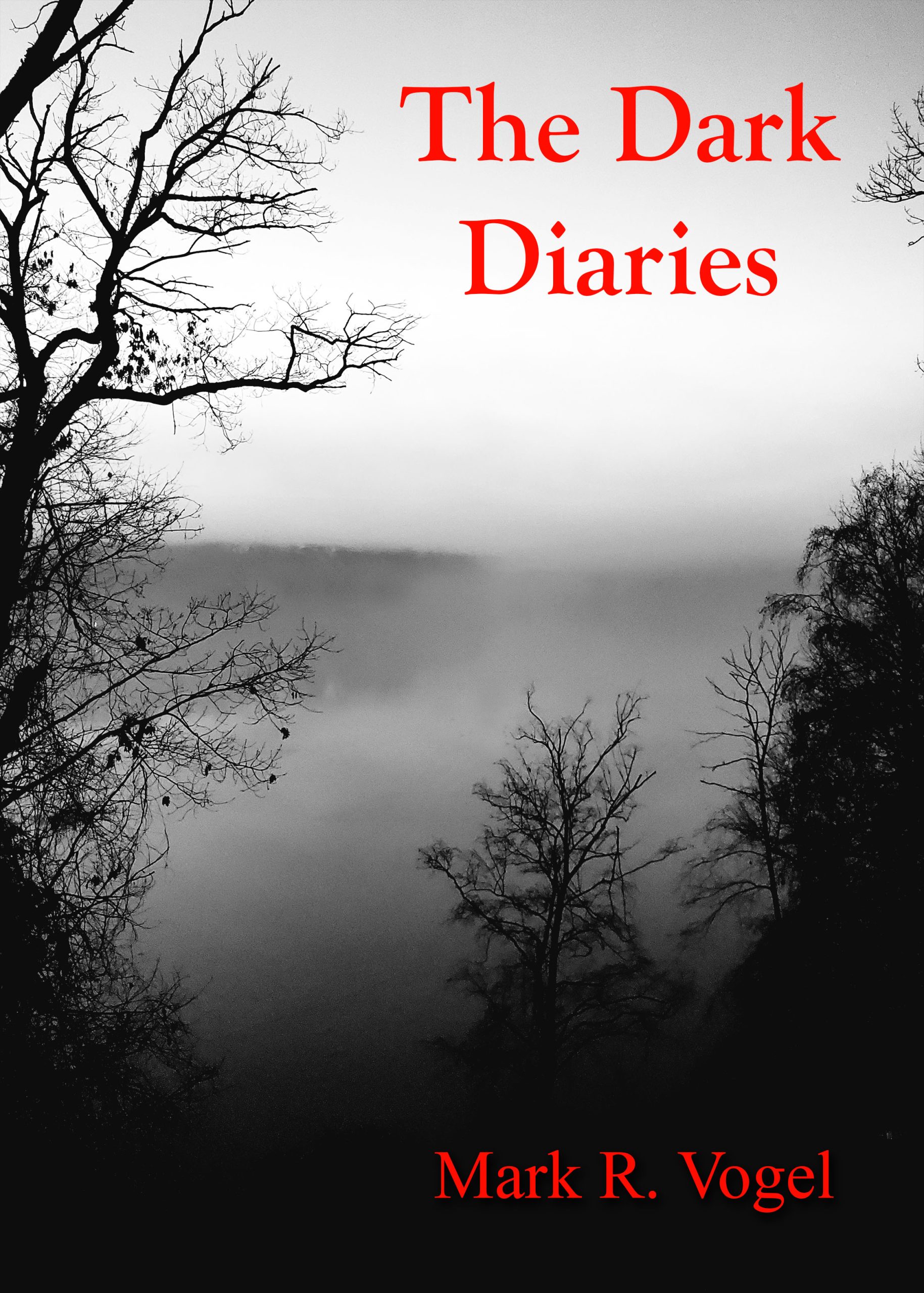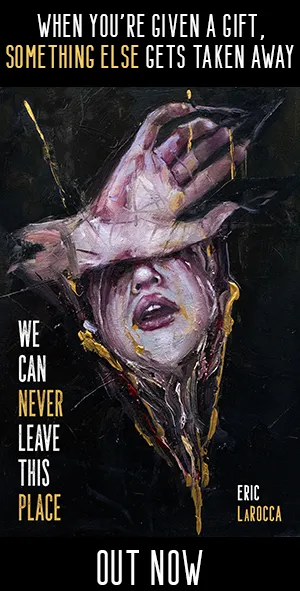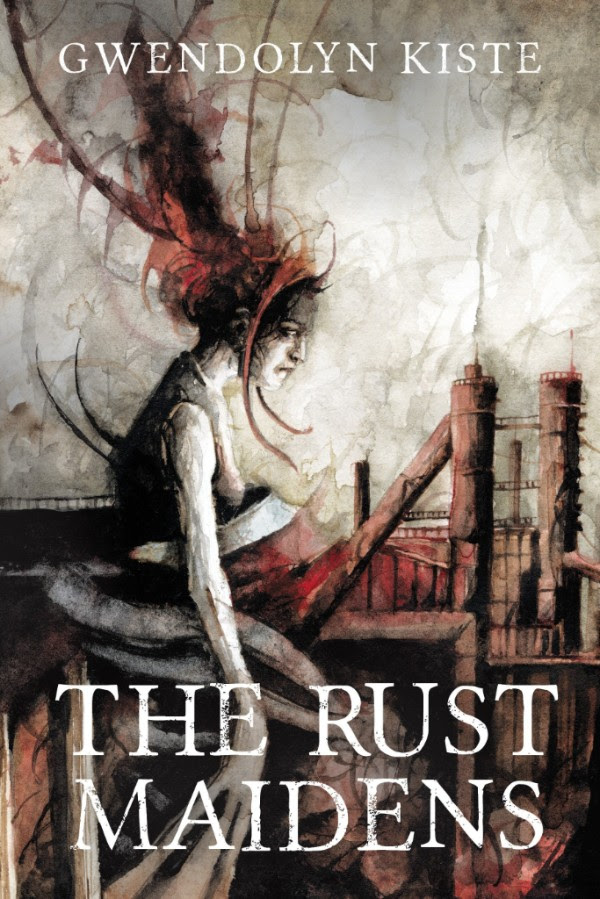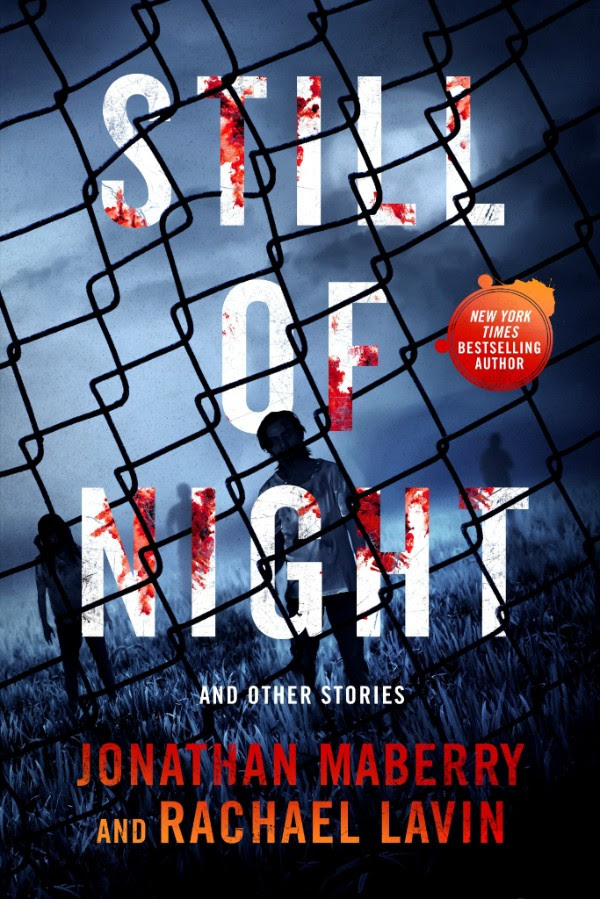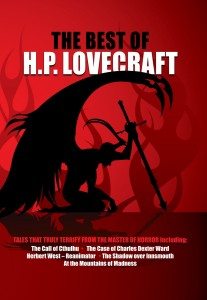 Over at SF Signal this week, I and other authors and editors such as Ann VanderMeer and John Klima participated in a Mind Meld on Embracing the Weird: Why We Love Weird Fiction. It was a great discussion; check it out!
Over at SF Signal this week, I and other authors and editors such as Ann VanderMeer and John Klima participated in a Mind Meld on Embracing the Weird: Why We Love Weird Fiction. It was a great discussion; check it out!
I do love weird fiction; one of the things I like best about it is the strange, elaborate world-building you find in weird stories and novels. I’ve been reading and re-reading some weird classics lately, and one I took recently took another look at was The Shadow Out of Time by H.P. Lovecraft.
First published in 1936, The Shadow out of Time is a classic science fictional horror novella that tells the story of an economics professor, Nathaniel Wingate Peaslee, whose body was possessed by an alien being from Earth’s distant past. The first-person narrative presents Peaslee’s attempts to figure out what happened to him during a five-year period that he can no longer remember. From 1908-1913, a member of the Great Race of Yith used his body as a vessel for that species’ form of time travel. The Yithian took over his body, and Peaslee’s own consciousness was sent back in time to inhabit the alien’s body. Once the alien was finished with his explorations, the aliens wiped Peaslee’s memories of Yith and his consciousness was returned to his body.
While the world building in the novella is compelling and the descriptions of the Cretaceous era Yith are vivid, I was struck by the inclusion of a few biological details that undermined the suspension of disbelief necessary to read and enjoy any work of weird fiction.
We’ve certainly made many advances in scientific knowledge since 1936. So on the one hand, most science fiction from that era will seem inaccurate or dated in some fashion. But on the other hand, the occasional problems I had with The Shadow out of Time could have been remedied if Lovecraft had simply thought things through a bit more.
For instance, this bit of description left me with questions:
Of the animals I saw, I could write volumes. All were wild; for the Great Race’s mechanised culture had long since done away with domestic beasts, while food was wholly vegetable or synthetic.
That passage puts forth the idea that, if animals are not for food or transportation, there is no conceivable reason to domesticate them. What about pets kept for companionship or entertainment? What about animals used as research models? Lab scientists have used white mice since the 16th Century, after all. What about zoos for recreation or biological study? The novella goes into many, many details about the Great Race’s culture and intellectual pursuits in comparison with those of humanity. So that bit of hand waving about animals seemed out of place.
I had more biological questions after reading this passage:
Markedly defective individuals were quietly disposed of as soon as their defects were noticed. Disease and the approach of death were, in the absence of a sense of touch or of physical pain, recognised by purely visual symptoms.
The members of the Great Race don’t have a sense of touch or pain? Pain and touch are critical senses, more basic and necessary than vision, smell or taste. An organism that can’t immediately react to being burned or damaged or attacked simply can’t survive. And realizing the necessity of touch and pain requires almost no practical scientific knowledge at all.
Writing more science fiction is on my list of personal projects, and the world-building issues in this novella drive home the need to be sure that I need to think my fictional settings through carefully lest the reader lose belief in my narrative.
Lucy A. Snyder is the Bram Stoker Award-winning author of the novels Spellbent, Shotgun Sorceress, Switchblade Goddess, and the collections Orchid Carousals, Sparks and Shadows, Chimeric Machines, and Installing Linux on a Dead Badger. Her latest books are Shooting Yourself in the Head For Fun and Profit: A Writer’s Survival Guide and Soft Apocalypses. You can learn more about her at www.lucysnyder.com and you can follow her on Twitter at @LucyASnyder.
- The Braided Novel - November 20, 2016
- Upside Down: Inverted Tropes in Storytelling - November 18, 2016
- You, Human - November 18, 2016
- A Horror Writer Pursues an MFA – Part 5 - November 2, 2016
- A Horror Writer Pursues an MFA – Part 4 - November 2, 2016
- A Horror Writer Pursues an MFA – Part 3 - November 2, 2016
- A Horror Writer Pursues an MFA – Part 2 - November 2, 2016
- A Horror Writer Pursues an MFA – Part 1 - November 2, 2016
- Jolly Fish Press is shutting down - October 23, 2016
- The Pox Party - October 16, 2016

